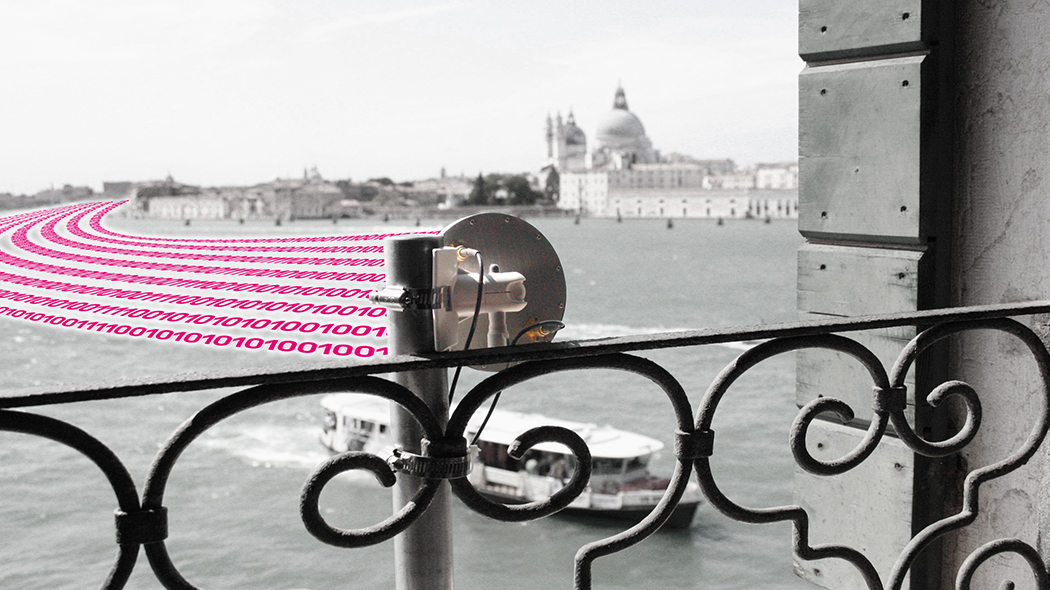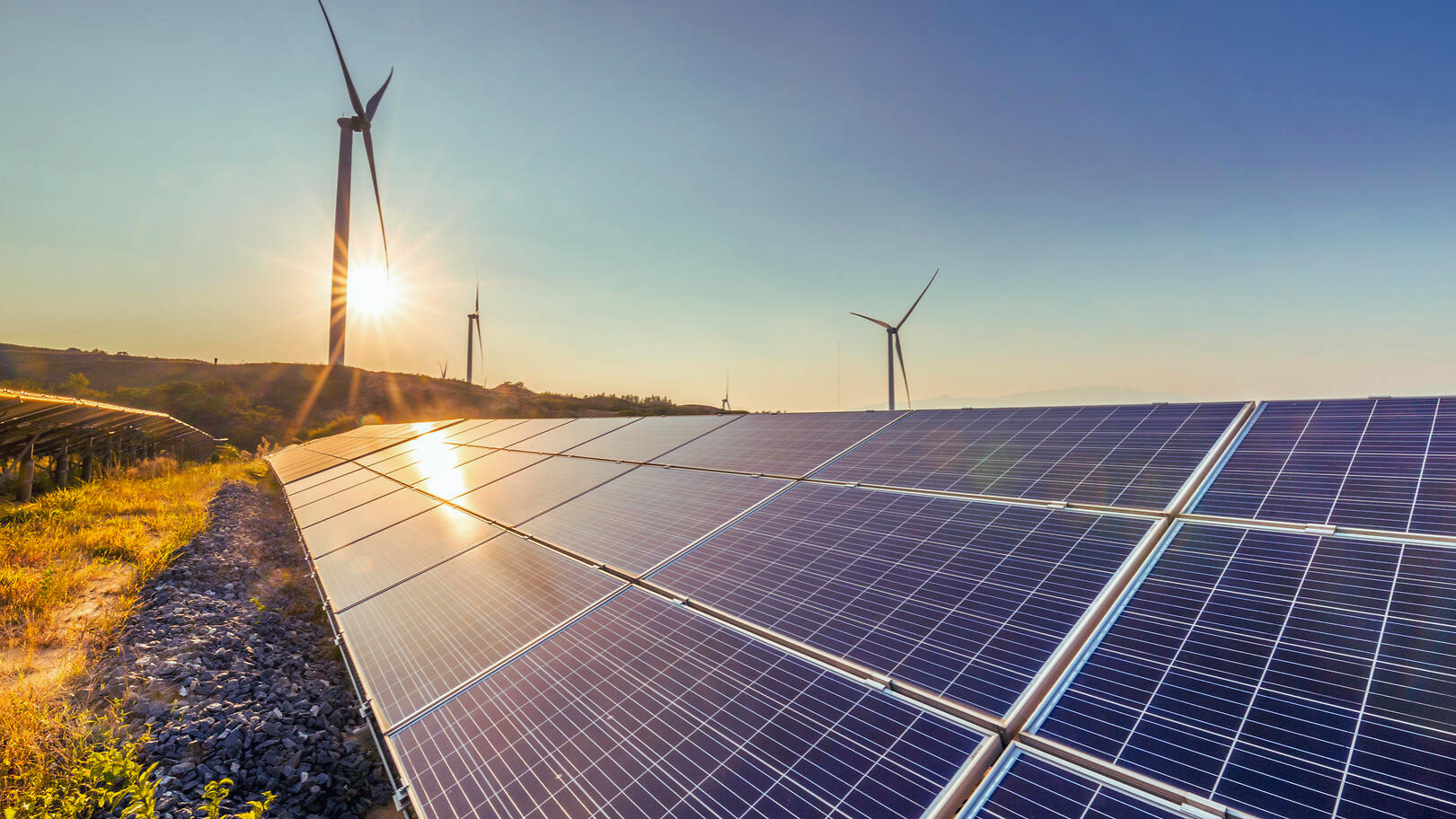IoT Extreme Weather Early Warning System
09.02.2022 by Pauline Batzer

Due to global warming, extreme weather events are on the increase all over the world. An IoT solution developed by the U.S. startup divirod using Telekom’s LTE-M connectivity collects water data and issues early risk warnings.
Water masses that penetrate several kilometers inland from the coast, heavy rainfall that washes roads and basements away, buildings that collapse under the weight of masses of snow: A recent report by the Intergovernmental Panel on Climate Change (IPCC) confirms that global warming due to human activity and the climate change that accompanies it are the main causes of extreme weather events of this kind in all regions of the world. Water plays a central role because of its destructive force. Rising water temperatures in the oceans cause massive tornadoes, as in the south of the United States. Destructive floods increase the water level in countries like Bangladesh that are only a few meters above sea level.
Extreme weather events cause devastating damage in Germany too, most recently flooding in July 2021 in which over 180 people died. According to Deutschlandfunk radio, 30 billion euros is to be invested to help with reconstruction in the affected areas in the Rhineland-Palatinate and North Rhine-Westphalia. To limit damage caused by extreme weather, early warning is to accompany combating climate change.




